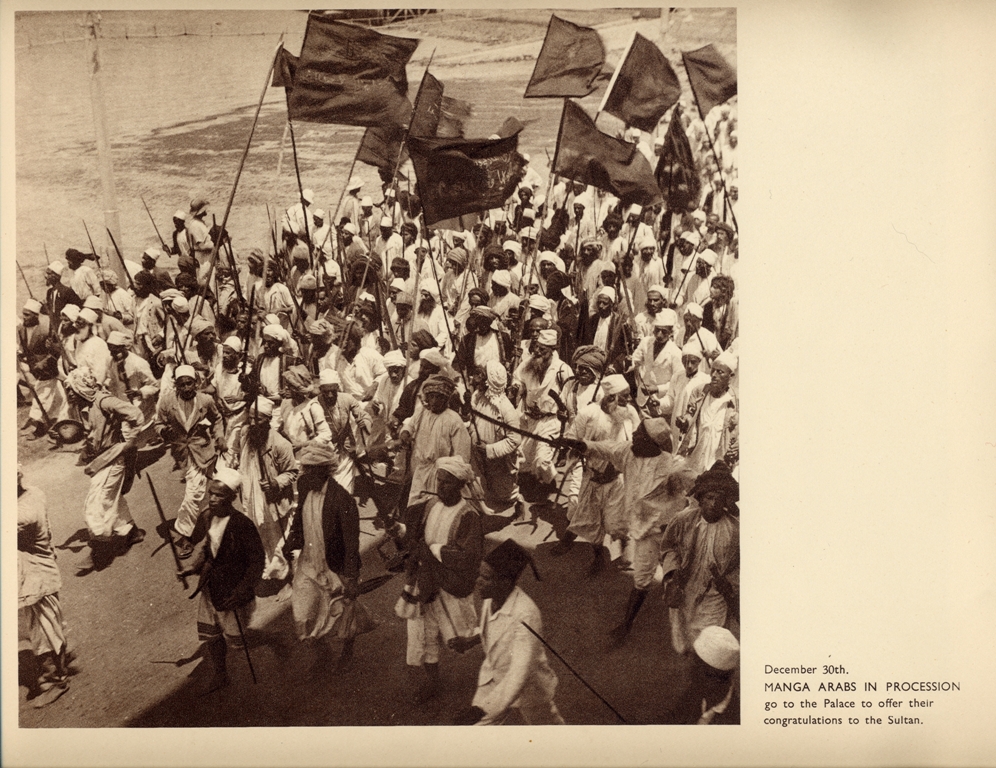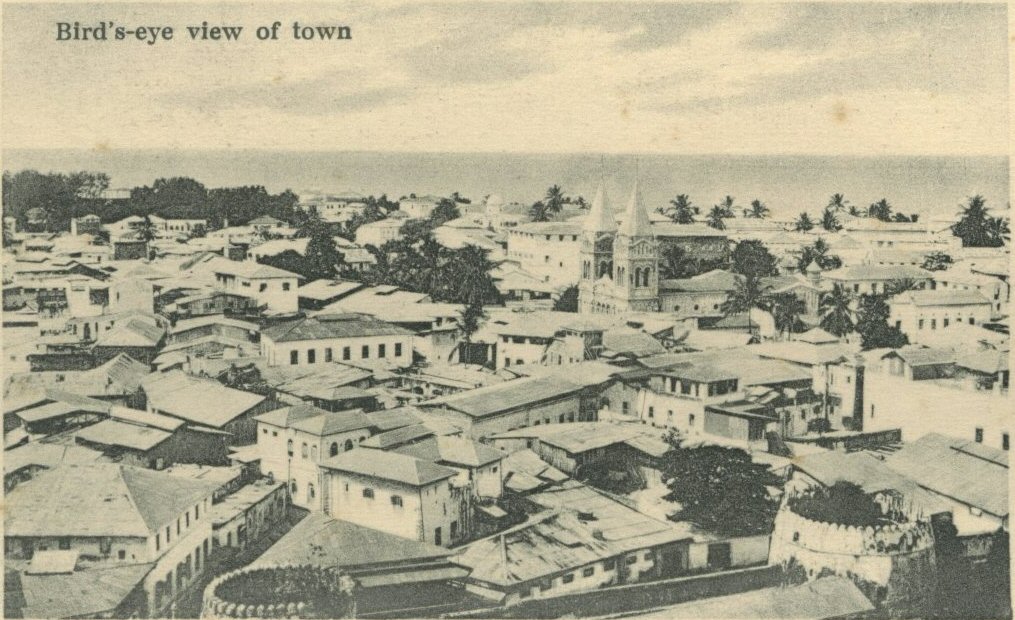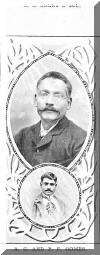The Historic Photographers of Zanzibar
Near the turn of the last century Stone Townwas a bustling port, atrading center, a supply and communication hub and
a true International City. Travelers from many lands passed through Zanzibar and
like modern tourists, many wanted to keep a record of the sights they had seen.
Cameras were large and complex in those days, hard to maintain and transport. But Zanzibar was fortunate to have intelligent citizens and business interests with enough foresight and skill to risk importing a number of these new-fangled cameras to the Islands. They were at onceset up to photograph important events, buildings and sometimes local "color" in order to sell pictures to an eager public. We are fortunate that many of these early photos were later made into post cards which survive to this day to give us a glimpse of the past.
Most Zanzibar Photographers worked and lived in Stone Town but some of their best work was done outside the city.
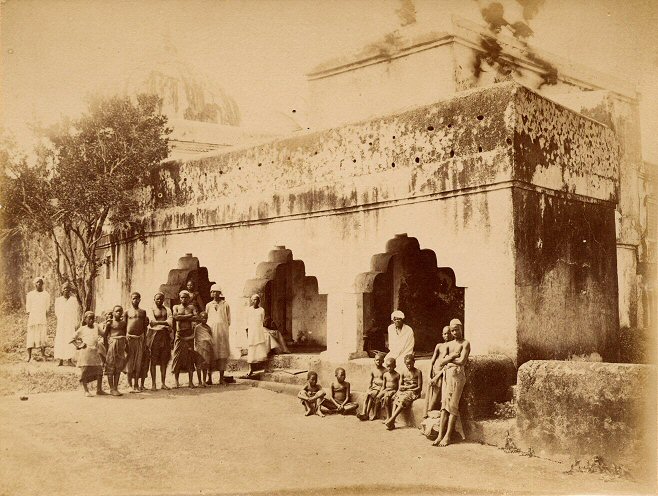
Zanzibar photographers
knew the advantage of perspective and used it to compose some wonderful images.
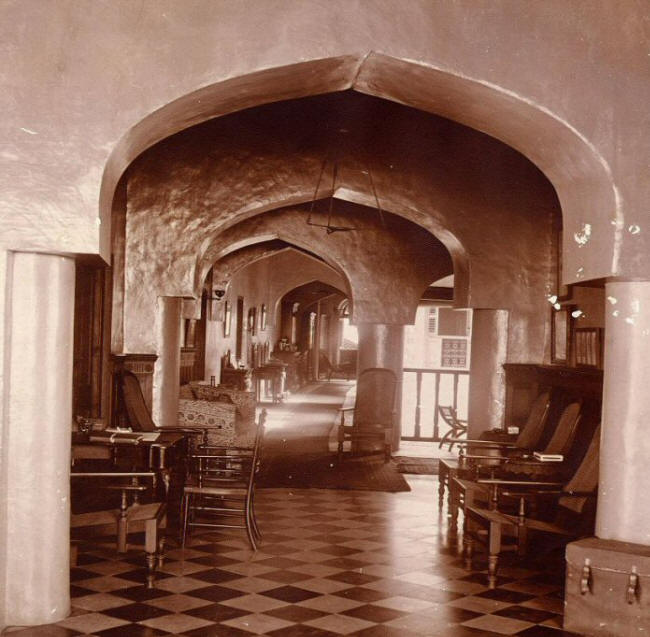
Both work and play were documented by these pioneer artists.
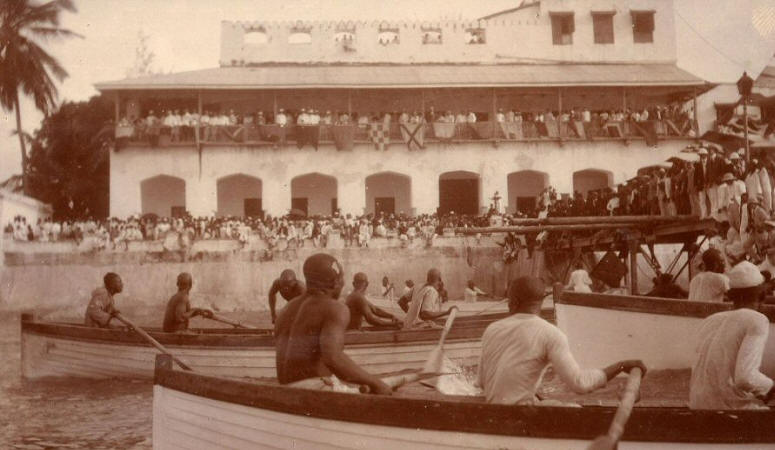
Stone Town grew to support
at least five photographic firms;
The Coutinho Bros. who also operated under the name J. B. Coutinho, photographer, Zanzibar.

To see examples of this Photographer's workclick on this link:
-
The firm of A.C. Gomes and Son.

To see examples of this Photographer's workclick on this link:
To see a magnificent early Panoramic Photo taken by Gomes in 1902 click on this thumbnail:
-
Pereira de Lord and his brothers, their work often labeled "Photo Artists, Zanzibar."

To see examples of this Photographer's workclick on this link:
-
Karim Essa Allibhai

-
Ali Pira Harji
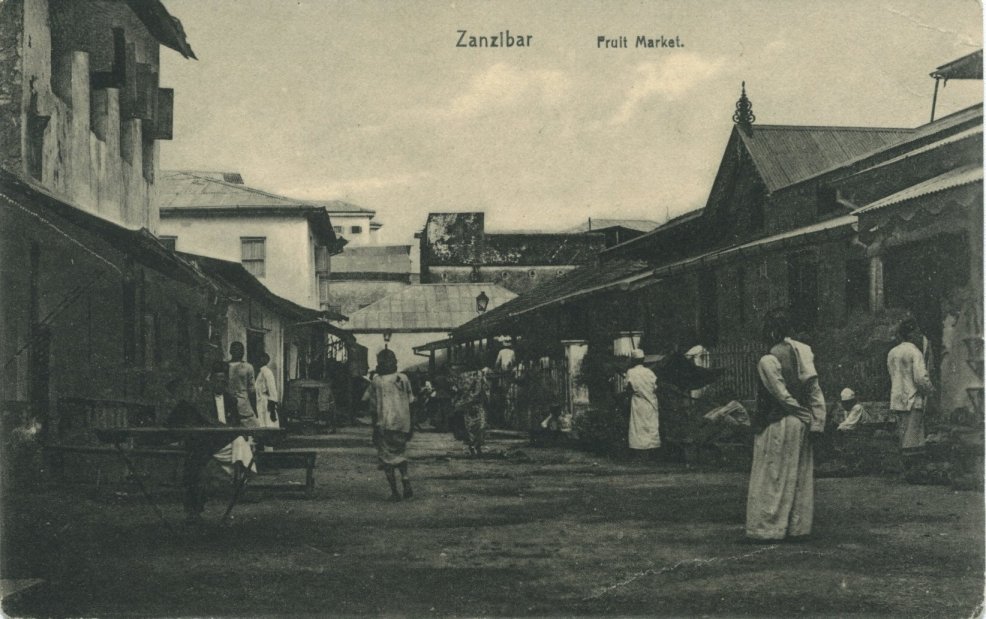
To see examples of this Photographer's workclick on this link:
-
Ranchod T. Oza.

To see examples of Mr. Oza's work click on this link:
At the site of one of these
old shops, even today, there exists a tattered, circular, rooftop photo of Stone
Town, said to have been taken from the "Camera Obscura" room once set
up by early photographers in the tower of the House of Wonders.
There
are many more examples of the work of these great early Zanzibari photographic
pioneers in the Zanzibar Archives. The archive building is located just south of
Stone Town, near the Prison. The archives, many of which are in English, are
open to respectful and careful examination with the assistance of the trained
staff. Leave a donation if you visit.
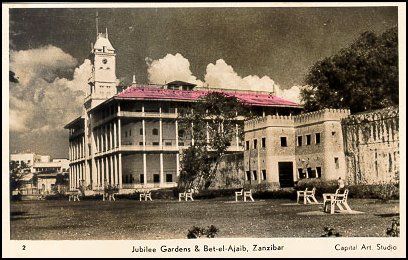
Collected and Edited by: Torrence Royer
